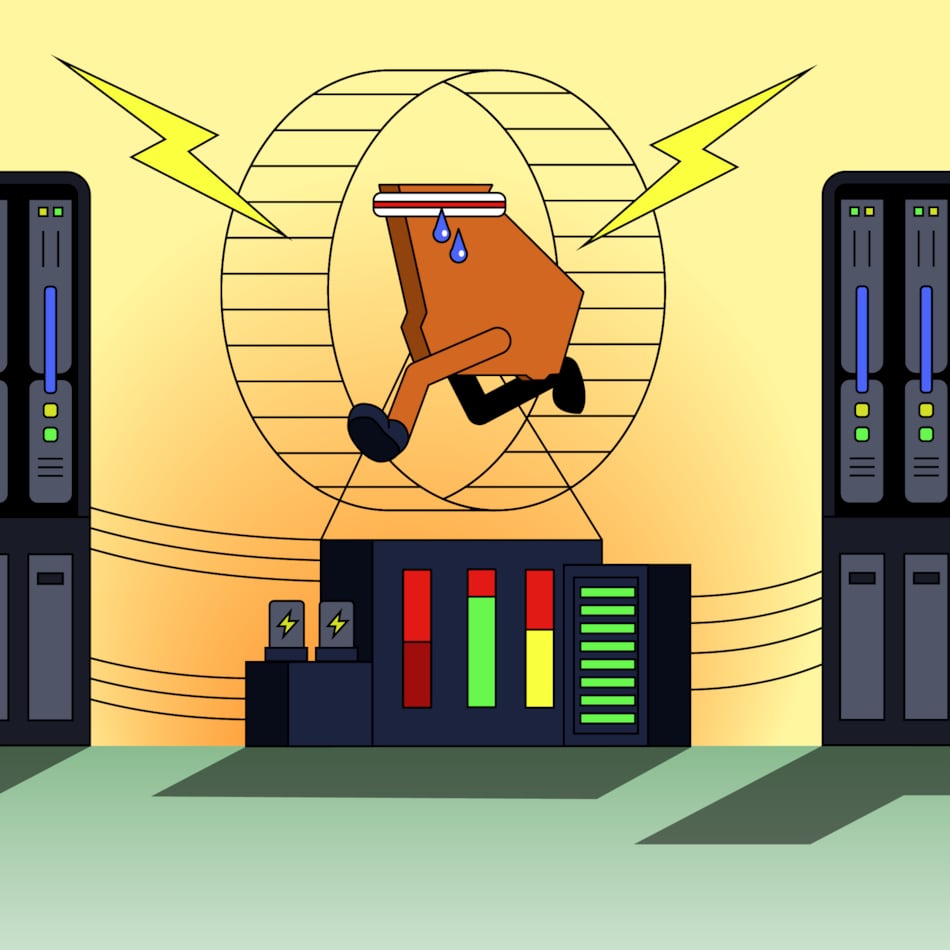NASA has a history of launching animals into space, but its most recent attempt appears to have been an accident.
This photo was taken during the launch of NASA's LADEE rocket last Friday. The frog on the left appears to have been frightened by the noise and jumped at the opportunity for the ultimate photobomb. (Via WJBK)
Is it real, though? NASA says yes.
"An official from the Wallops Mid-Atlantic Regional Spaceport has confirmed the photo is real. It's near a small pool of water that froggies like to frequent." (Via KHOU)
It's actually not too surprising that a frog would be hopping near the Wallops Island spaceport. It happens to be right next to a 3,000-acre wildlife refuge. (Via Daily Mirror)
Sadly though, NASA says, "The condition of the frog, however, is uncertain." (Via NASA)
And of course, with a story like this, journalists and anchors were tickled to have the chance for easy puns — lots and lots of puns.
"The headline is, 'We don't know if it croaked or not.'
“Oh.”
"I know, I didn't write it."
"That was ribbiting." (Via KXTV)
The Independent said "From lily pad to launch pad" and "He took one giant leap for frog kind."
The spacecraft is headed to orbit the moon and bring back information about the lunar surface. (Via NBC)
See more at: Newsy.com
About the Author
Keep Reading
The Latest
Featured
